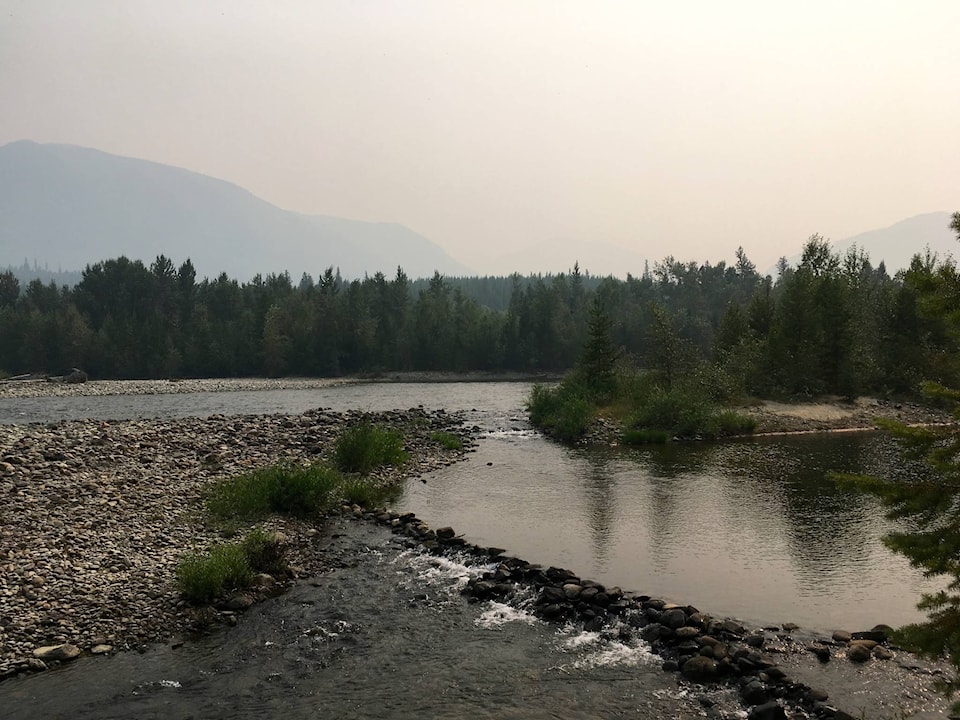A special air quality statement is in effect for the East Kootenays; north including Invermere and south including Cranbrook.
As of Wednesday August, 30 The Ministry of Environment and Climate Change Strategy, in collaboration with the Interior and Norther Health Authorities has amended the area covered by the Smoky Skies Bulletin that was last update on Monday August, 28 due to changing smoke conditions.
Areas now covered by this Bulletin include: 100 Mile, Arrow lakes - Slocan Lake, Boundary, Cariboo North (including Quesnel), Cariboo South (including Williams Lake), Chilcotin, East Columbia, East Kootenay, Elk Valley, Kinbasket, Kootenay Lake, McGregor, Nicola, North Columbia, North Thompson, Okanagan, Prince George, Shuswap, Similkameen, South Thompson, West Columbia, West Kootenay, Yellowed and Yoho National Park - Kootenay Park.
Smoke concentrations will vary widely as winds, fire behaviour and temperatures change.
Avoid strenuous outdoor activities. If you are experiencing any of the following symptoms, contact your health care provider: difficulty in breathing, chest pain or discomfort, and sudden onset of cough or irritation of airways. Exposure is particularly a concern for infants, the elderly and those who have underlying medical conditions such as diabetes, and lung or heart disease. This bulletin will remain in effect until further notice.
Individuals may experience symptoms such as increased coughing, throat irritation, headaches or shortness of breath. Children, seniors, and those with cardiovascular or lung disease, such as asthma, are especially at risk. People with lung diseases, such as asthma and COPD, can be particularly sensitive to air pollution. They will generally experience more serious health effects at lower levels. Pollution can aggravate their diseases, leading to increased medication use, doctor and emergency room visits, and hospital visits. Stay inside if you have breathing difficulties. Find an indoor place that’s cool and ventilated. Using an air conditioner that cools and filters air may help. If you open the windows you may let in more polluted air. If your home isn’t air-conditioned, consider going to a public place (library, shopping mall, recreation centre) that is air-conditioned.
Check your local weather forecasts and alerts so you know when to take extra care. For more information on current air quality, see: www.bcairquality.ca. Visit www.airhealth.ca for information on how to reduce your health risk and your personal contribution to pollution levels, as well as for current and forecast AQHI values. Please continue to monitor alerts and forecasts issued by Environment Canada.
Issued by Environment Canada and the B.C. Ministry of Environment
